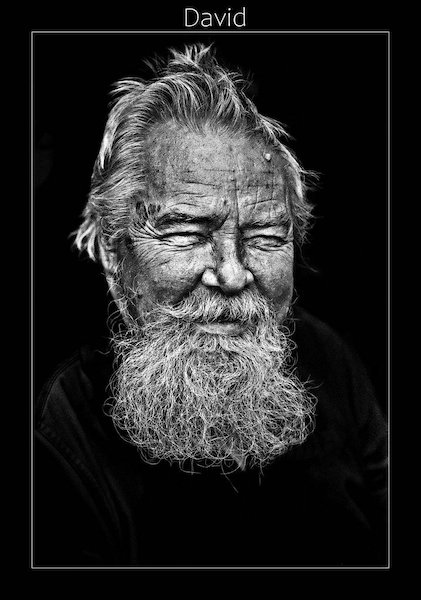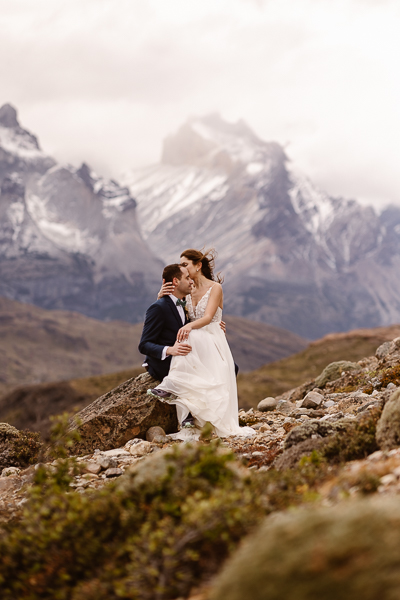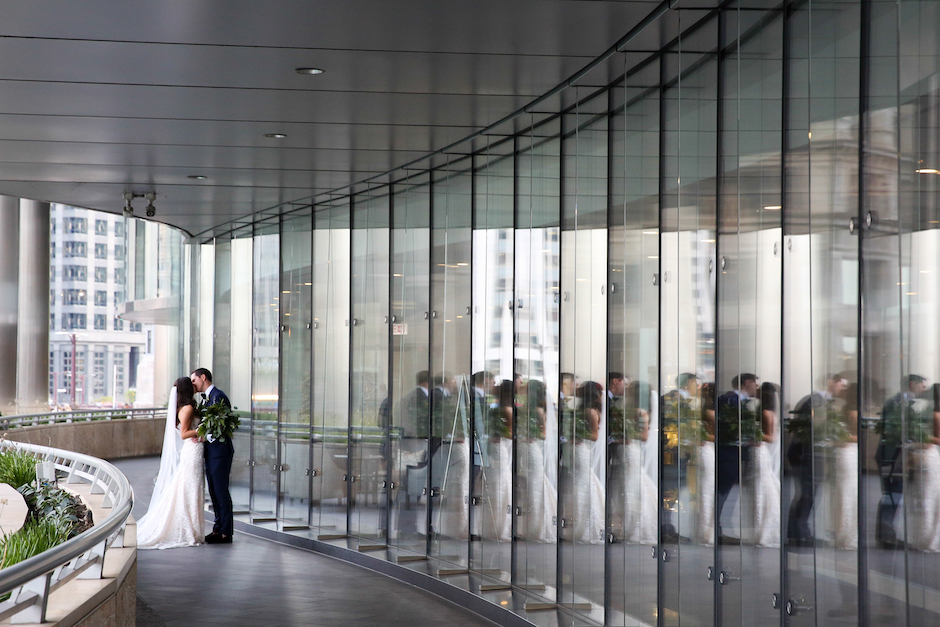Profiles
1. You made your debut at WPPI’s The Annual competition in 2017 and have consistently won awards since. What advice would you impart on someone who’s never submitted before?
Be willing to fail. Every “failure” is a step towards improving if you are willing to take the feedback on board. I also recommend finding someone whose work and approach you admire who does well in competition and ask them about mentoring. I mentored for a while with David and Luke Edmonson, and they were instrumental in encouraging me to find my own creative process and refine my work.
[Don’t Be Afraid to Take Creative Risks at Weddings]
2. What new technique, skill or lesson did you learn this year?
After my first experience as a judge at this year’s WPPI competition, I decided to study further. This summer, I spent three days at the SWPP Judging School in the UK to qualify as a judge for them as well. I have learned so much from competition and grown so much as an artist pursuing the WPPI Master accolade that judging has been a personal goal of mine since my first experience as a print handler in 2017. It is a huge honor, and I enjoy it enormously.
[What It’s Like to Be a WPPI Print Competition Judge]
3. What’s the most unexpected part about living in northern Italy?
Italians have a great sense of humor.
4. If you had to live in another country, where would it be and why?
I love Denmark. It’s a beautiful country with great people. But if I didn’t live in Italy, I would love to return to Wales, my country of birth.
5. Tell me about your recently launched business, Love Edits, and how you found a need for it in the industry.
Photographers think that if they outsource, they will lose control of the creative process. But if a business is to be scalable, photographers must be able to delegate certain aspects of their work or they risk being slave to what essentially becomes a low-paying job without the paid vacations.
[Building an Associate Photo Team: Is It the Right Move For You?]
I provide both wedding Lightroom catalog culling and editing with a flat fee per wedding, as well as Photoshop retouching for portrait studios, and a higher level retouch for large-scale wall art, all the way up to high-end retouching for print competitions. My clients are wedding photographers and portrait studios, with whom I work closely to understand their style and preferences. Then I train my staff, who work with me in my studio, to that specific style so the photographer can completely relax and just get on with shooting, marketing and growing their business.
6. How have you perfected your workflow to keep on top of everything?
For weddings, I reduce time spent culling by shooting less. Do not use burst mode; wait for the moment. Shoot, get it right, then move on. Get everything as correct as possible in camera, including framing and white balance, so that only really tiny tweaks are needed in post.
[How to Use Strobes in Tricky Shooting Locales at Weddings]
For my own weddings, I just apply one of my own Lightroom Profiles to the entire collection, a single slider in Lightroom CC that does not affect the raw adjustment sliders. Then I run through adjusting a tiny bit for exposure or white balance if needed.
For portraits, the right lighting can reduce retouching time tenfold. Again, I always try to get it right in camera. I use a tripod in the studio, make sure the background is clean, ensure lighting is on point and I am really precise with expression, posing and hands.
[5 Steady Tripods For Any Photo Occasion]
7. You teach advanced Lightroom and Photoshop techniques. What’s a common mistake that you find photographers make in those programs?
Classic mistakes include over-sharpening eyes and over-smoothing skin. But recently I have noticed an over-reliance on third-party plugins for color toning and creative effects. Many of the filters in these programs are very destructive, and while they might look great on screen, real trouble can occur when it comes to printing with banding, noise and artifacts being added to the image. Pretty much every effect created in any third-party plugin can be achieved using simple adjustment layers in Photoshop.
Another thing that can ruin a print is running actions with too many adjustment layers in them, or running too many actions and stacking them together. The more adjustment layers you add in Photoshop, the more the image can degrade.
[A Photographer’s Guide to Computers and Software in 2019]
8. If you could uninvent one thing, what would it be?
Those selfie face-smoothing apps for smartphones.
9. How did you expand from wedding and portrait photography to also occasionally shoot fashion and advertising?
I have always made time to shoot creative projects for myself, with the exception of a two-year period when I was shooting a lot of weddings solo and just didn’t have time to do anything else. Now I make time, as these creative shoots attract my ideal clients, who approach me after seeing my work on social media.
[The Best Apps and Tools to Bump Up Your Brand Awareness]
10. What do you do to unwind?
Unwind? What’s that? Kidding aside, I like to go to the gym—it’s the best de-stressor ever—and watch movies with my daughter and my dogs. I also love podcasts and trained myself to enjoy audiobooks instead of reading print so that I can listen to business and personal development books while editing my images. If I’m not learning something, I feel restless.
[12 Successful Wedding and Portrait Photographers Share Their Good Living/Working Habits]
Sarah Ferrara lives on Lake Garda in northern Italy. She’s a wedding and portrait photographer, as well as a Master of WPPI.





